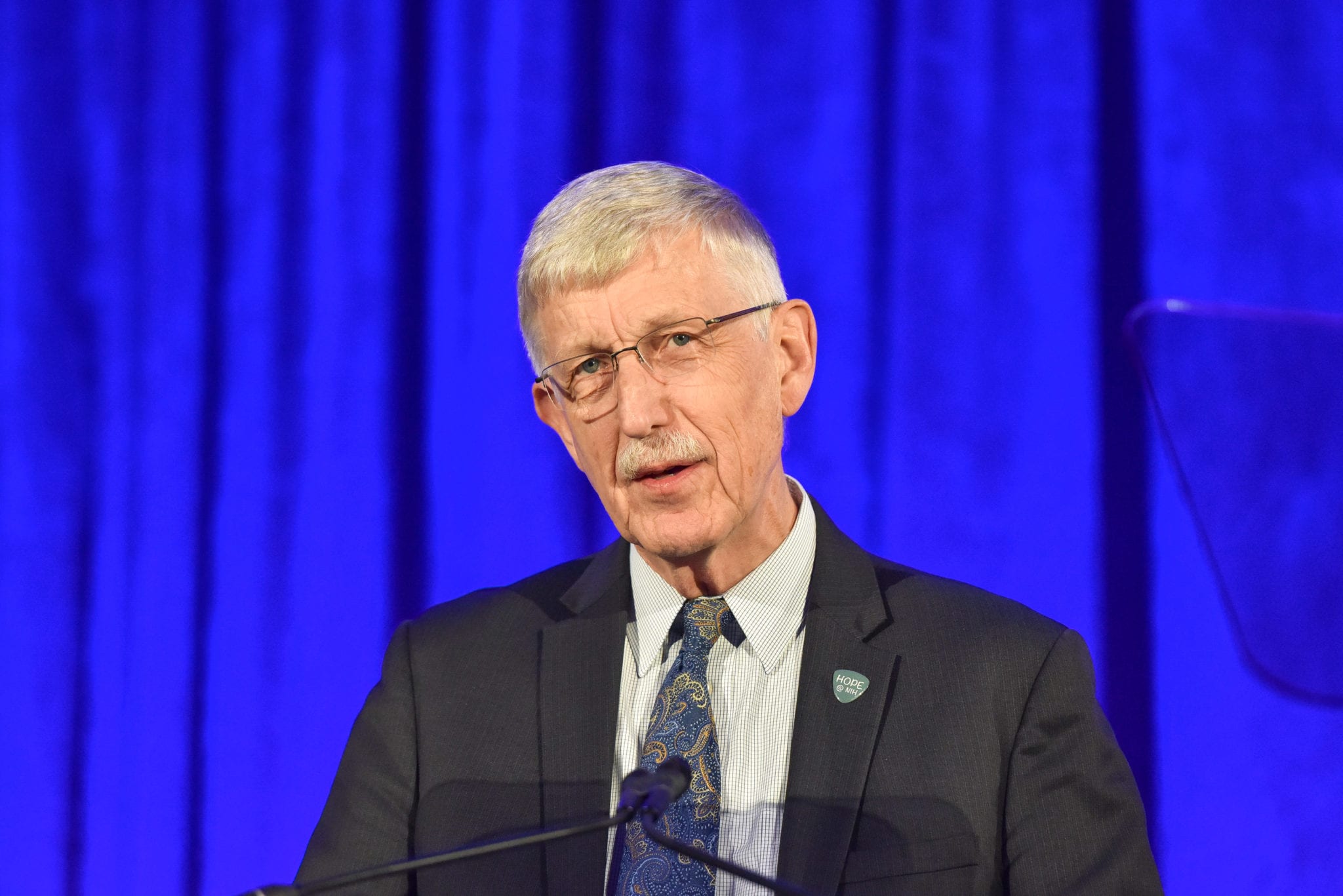
Francis Collins via Getty Images
NIH corrals biopharma companies, regulators and trial networks to coordinate Covid-19 R&D
Francis Collins’ grand plan to bring order to the chaotic rush for Covid-19 vaccines and treatments is here.
The public-private partnership that the NIH director …
Sign up to read this article for free.
Get free access to a limited number of articles, plus choose newsletters to get straight to your inbox.